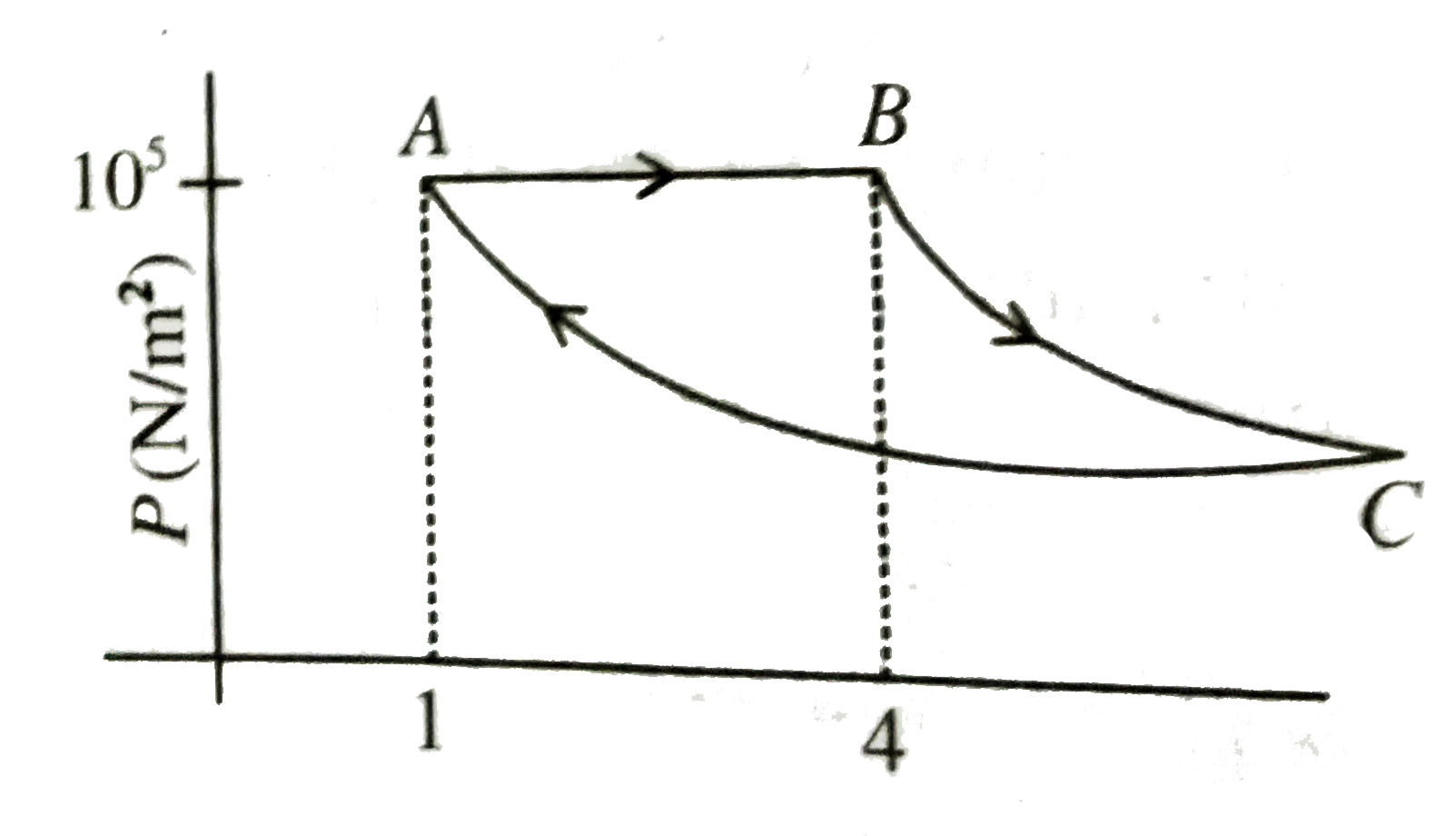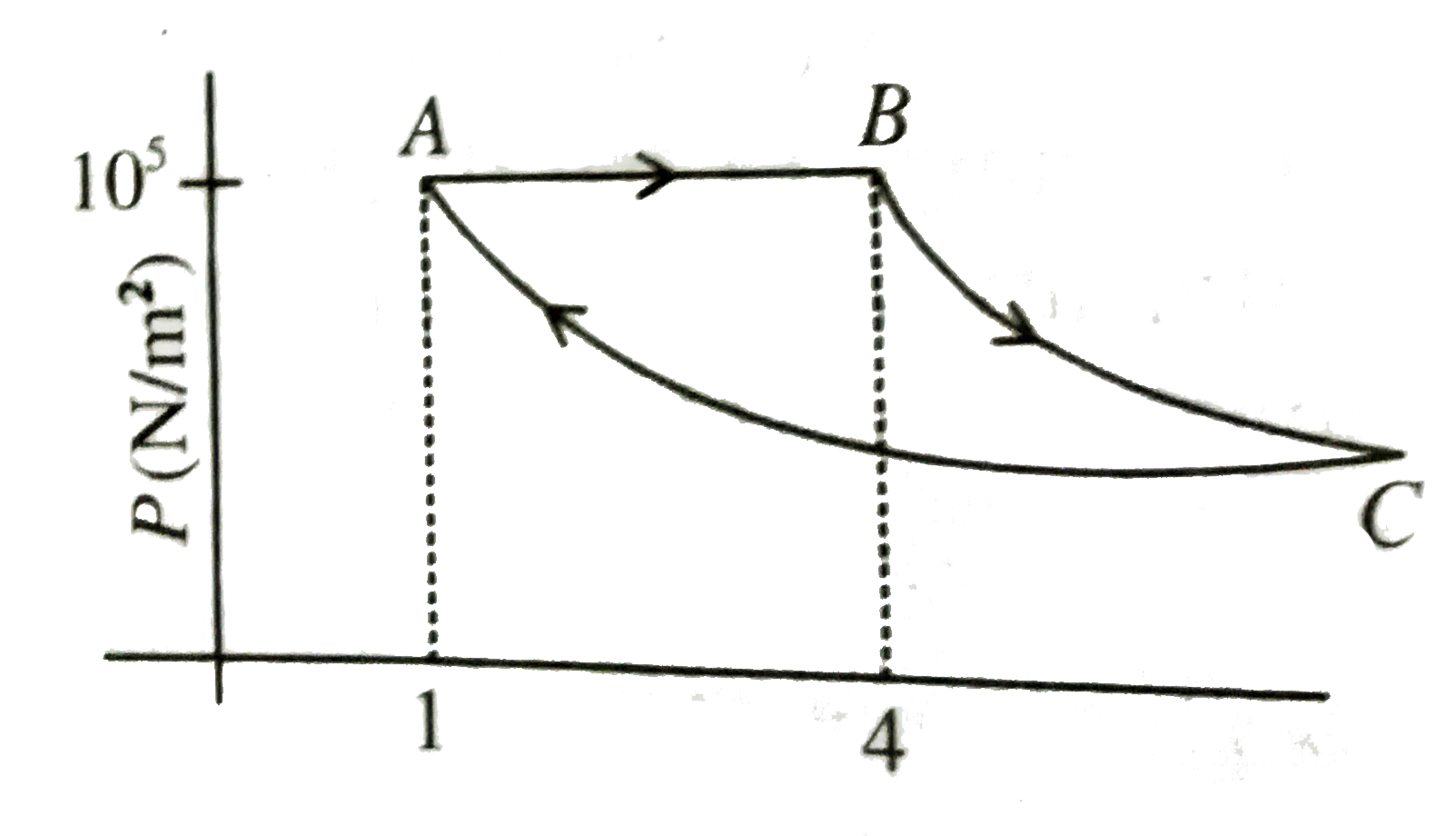PhNO2+SnorHCl→A
A + NaNO2orHCL→B
B+β−Naphthol→C
What is C ?
To solve the problem step by step, we will analyze the given reactions and identify the product at each stage.
Step 1: Identify the starting compound
The starting compound is Nitrobenzene (PhNO₂).
Step 2: Reduction of Nitrobenzene
When Nitrobenzene is treated with Sn (tin) and HCl, it acts as a reducing agent. This reaction reduces the nitro group (–NO₂) to an amino group (–NH₂).
Reaction:
PhNO2+Sn/HCl→PhNH2
Thus, the product A is Aniline (PhNH₂).
Step 3: Formation of Diazonium Salt
Next, Aniline (A) is treated with NaNO₂ and HCl. This reaction converts the amino group (–NH₂) into a diazonium group (–N₂⁺).
Reaction:
PhNH2+NaNO2/HCl→PhN+2Cl−
Thus, the product B is Benzene Diazonium Chloride (PhN₂Cl).
Step 4: Reaction with β-Naphthol
The diazonium salt (B) is then reacted with β-Naphthol. This reaction typically involves the coupling of the diazonium salt with the naphthol, leading to the formation of a dye.
Reaction:
PhN+2Cl−+β-Naphthol→C
The product C formed is a dye known as 2-Naphthylamine or Benzene-β-Naphthol dye.
Final Answer
Thus, the final product C is 2-Naphthol Aniline Dye.
---
The starting compound is Nitrobenzene (PhNO₂).
When Nitrobenzene is treated with Sn (tin) and HCl, it acts as a reducing agent. This reaction reduces the nitro group (–NO₂) to an amino group (–NH₂).
PhNO2+Sn/HCl→PhNH2
Next, Aniline (A) is treated with NaNO₂ and HCl. This reaction converts the amino group (–NH₂) into a diazonium group (–N₂⁺).
PhNH2+NaNO2/HCl→PhN+2Cl−
The diazonium salt (B) is then reacted with β-Naphthol. This reaction typically involves the coupling of the diazonium salt with the naphthol, leading to the formation of a dye.
PhN+2Cl−+β-Naphthol→C
Thus, the final product C is 2-Naphthol Aniline Dye.
Topper's Solved these Questions
Similar Questions
Knowledge Check
A fixed mass of gas is taken through a process A→B→C→A. Here A→B is isobaric, B→C is adiabatic and C→Ais isothermal.
 Find volume at C. A32m3B100m3C64m3D25m3
Find volume at C. A32m3B100m3C64m3D25m3A fixed mass of gas is taken through a process A→B→C→A. Here A→B is isobaric, B→C is adiabatic and C→Ais isothermal.

Find pressure at C.A10564N/m2B10532N/m2C10512N/m2D1056N/m22S(fused)+Cl2→A
A+H2O→HCl+B+C
A, B and C in the above equations are:AS2Cl2,SO2,SBSCl2,SO2,SO3CS2Cl2,SO3,SO2−4DS2Cl2,SO2,H2SO4
On the basis of given reactions,the correct order of increasing oxidising of A,B,C & D is. [(a)A−+B→A+B− , (b) C+D−→noreaction , (c) C−+B→noreaction, (d) D+A−→D−+A]
View SolutionThe isomeric compounds 'A' and 'B' with molecular formula C7H9N give the following reactions. When B is acetylated and then brominated, it gave one monobromo derivative. 'A' when treated with NaNO2 and HCl gave the compound 'C'. 'C' was heated with acetic acid in the presence of conc. H2SO4, a pleasant smelling liquid (D) was obtained. 'B' was treated with NaNO2 and HCl in cold condition and treated with β-Naphthol in NaOH to give an orange red dye.
'B' is
View SolutionThe isomeric compounds 'A' and 'B' with molecular formula C7H9N give the following reactions. When B is acetylated and then brominated, it gave one monobromo derivative. 'A' when treated with NaNO2 and HCl gave the compound 'C'. 'C' was heated with acetic acid in the presence of conc. H2SO4, a pleasant smelling liquid (D) was obtained. 'B' was treated with NaNO2 and HCl in cold condition and treated with β-Naphthol in NaOH to give an orange red dye.
'D' is
View SolutionThe isomeric compounds 'A' and 'B' with molecular formula C7H9N give the following reactions. When B is acetylated and then brominated, it gave one monobromo derivative. 'A' when treated with NaNO2 and HCl gave the compound 'C'. 'C' was heated with acetic acid in the presence of conc. H2SO4, a pleasant smelling liquid (D) was obtained. 'B' was treated with NaNO2 and HCl in cold condition and treated with β-Naphthol in NaOH to give an orange red dye.
'A' is
View SolutionIn the reaction C2H5NH2HCl+NaNO2−−−−−−−−→AHCl−−→BKCN−−→C The final product C is
View Solution